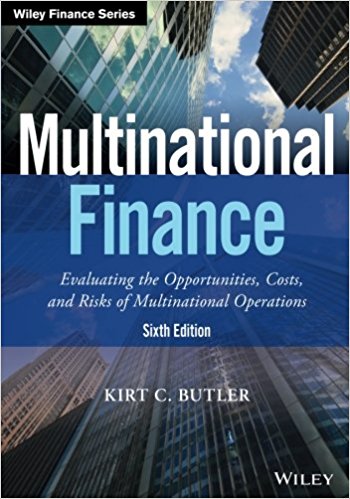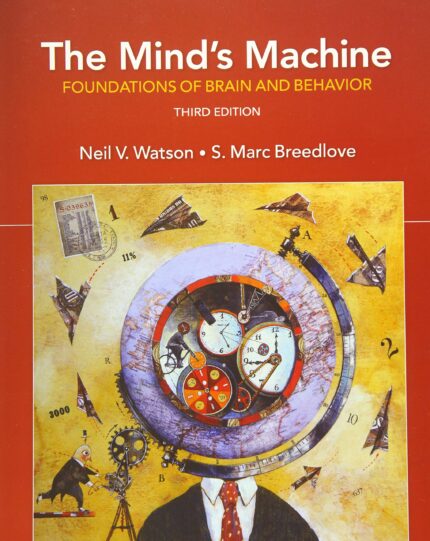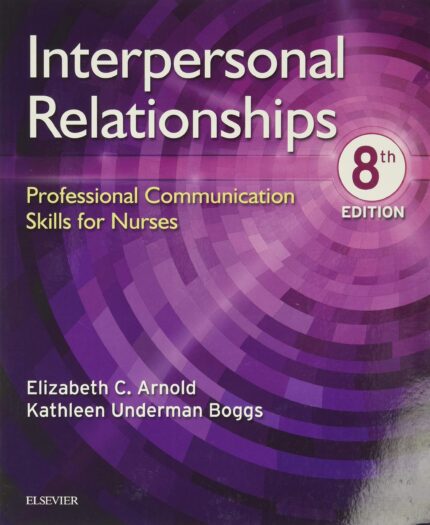Music The Art of Listening 9th Edition by Jean Ferris – Test Bank
Chapter 05
Timbre
Multiple Choice Questions
1. The quality of sound that is characteristic of a particular voice, instrument, or ensemble is called its
A. tambour.
B. timbrel.
C. timbre.
D. timpani.
2. Timbre can be affected by
A. the manner in which an instrument is played.
B. the material from which an instrument is made.
C. the frequency of a particular pitch.
D. all of the above.
3. The four families of instruments within an orchestra are the
A. strings, woodwinds, brass, and percussion.
B. French horns, violins, drums, and pianos.
C. recorders, saxophones, clarinets, and flutes.
D. keyboards, strings, brass, and horns.
4. The instruments in the string family may be played in any of the following ways except
A. by drawing a bow across the strings.
B. by blowing gently into the sound-hole.
C. by plucking the strings with the fingers.
D. by tapping with the wood side of the bow.
5. The stringed instrument in the orchestra that is always plucked is the
A. double bass.
B. harp.
C. glockenspiel.
D. none of the above.
6. The stringed instruments that are normally not included in the orchestra include the
A. guitar.
B. banjo.
C. dulcimer.
D. all of the above.
7. The woodwind family includes the piccolo, flute, oboe, English horn, __________, and bassoon.
A. French horn
B. aerophone
C. membranophone
D. clarinet
8. Included in the brass family are the trumpet, ____________, trombone, and tuba.
A. basset horn
B. English horn
C. French horn
D. ram’s horn
9. Percussion instruments that produce definite pitches include the timpani, the chimes, and mallet instruments such as the
A. tambourine.
B. xylophone.
C. triangle.
D. drums.
10. Percussion instruments that produce indefinite pitches include the tambourine, triangle, __________, and drums.
A. timpani
B. chimes
C. cymbals
D. xylophone
11. When the key of a harpsichord is depressed, a small piece called the ___________ plucks one of the strings.
A. hammer
B. plectrum
C. jack
D. damper
12. The harpsichord was of great importance during the
A. thirteenth, fourteenth, and fifteenth centuries.
B. fourteenth, fifteenth, and sixteenth centuries.
C. fifteenth, sixteenth, and seventeenth centuries.
D. sixteenth, seventeenth, and eighteenth centuries.
13. The damper pedal of the piano allows the pianist to
A. sustain tones after the keys have been lifted.
B. release tones while the keys are depressed.
C. sustain selected tones while releasing others.
D. change the timbre of selected tones.
14. Compared to the harpsichord, the piano allows the performer to play
A. with a wider range of dynamic levels.
B. faster, more brilliant passages.
C. with greater clarity of tone.
D. all of the above.














Reviews
There are no reviews yet.